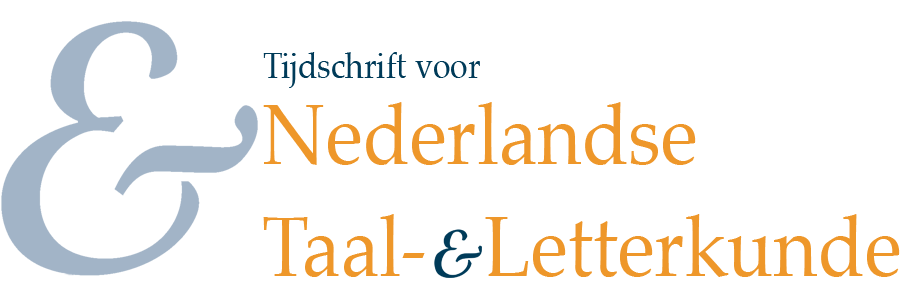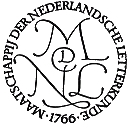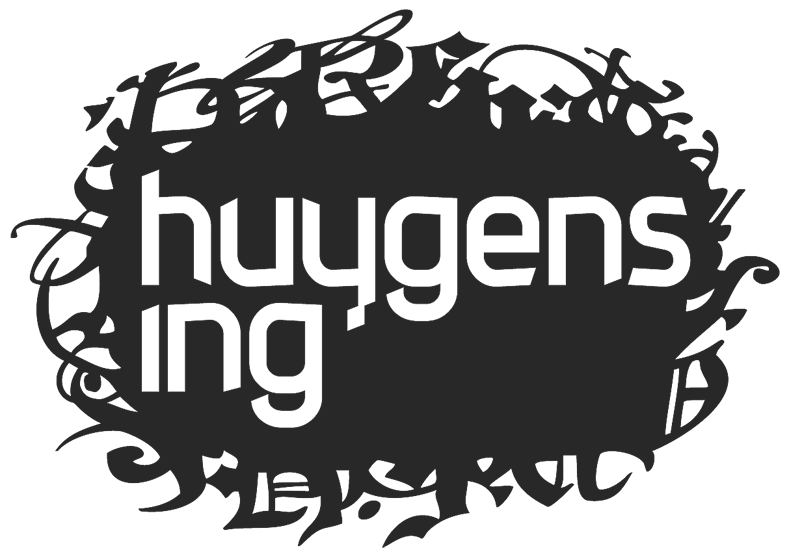De roman in Nederland, 1790-1899. Een boekhistorische verkenning
Samenvatting
The sharp increase in the production of printed matter is an important aspect of what is commonly referred to as the ‘communication revolution’ of the nineteenth century. Several explanations for this increase have been suggested (technical innovations, population increase, increase in the number of book stores, increasing literacy and other political and cultural factors), but none have shown conclusive connections. My research argues that between 1790 and 1899, both in the short and long term, a clear correlation exists between the increased production of novels in the Netherlands and the (expected) increase in disposable income. Exceptions in this regard are the early years of the ‘Bataafse Republiek’ (primacy of politics), the French period between 1810-1814 (censorship) and the period 1846-1847 (politicizing of the novel). Furthermore my research shows that the development of the publishing industry is no different than the development of other fields of Dutch entrepreneurship: the entire Dutch industry modernised rapidly after 1865 and, until 1890, the growth of the entire Dutch industry is directly related to developments on the demand side of the local market. Finally, my research shows that in comparison to other Western countries Dutch novel production started late and developed at a slow pace.
Terugverwijzingen
- Er zijn momenteel geen terugverwijzingen.



